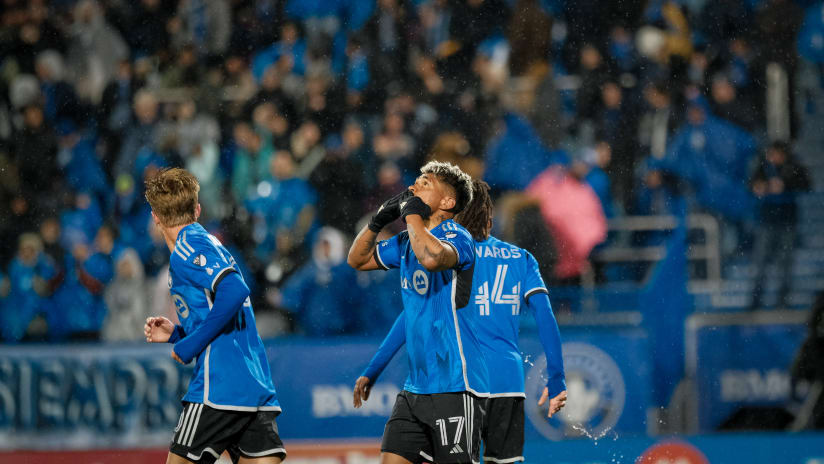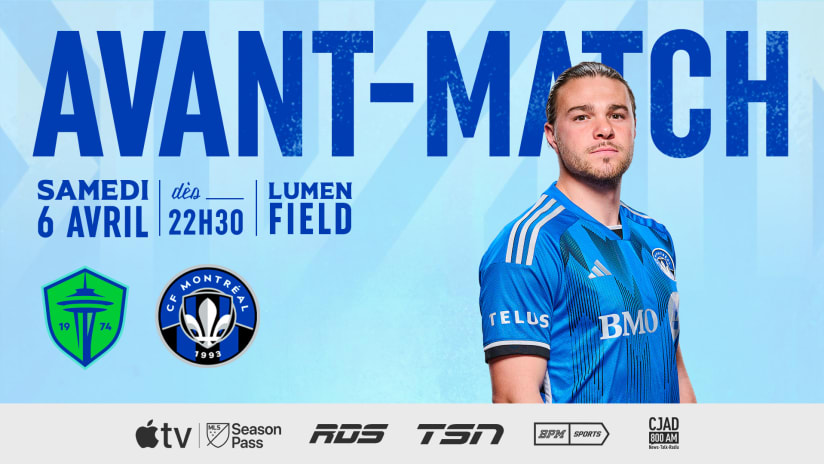SC HEERENVEEN
The dominant characteristic of the Montreal Impact’s logo is the fleur de lys, the symbol of Quebec. It is not the only club to take its province’s identity or its region on its emblem, even if for others, the result can be surprising. If you have already seen the Dutch club Heerenveen’s logo, you probably wondered why there are many little hearts on it, which is anything but manly for a club in a country where soccer is foremost a sport for men. We can find the same symbols everywhere: on the jersey, on the stadium walls, etc. In fact, these are not hearts, but water lily leaves (yes, you have to know it!), that are present on the Frise province’s flag (in Northern Netherlands), in reference to its history.
AC FIORENTINA
The fleur de lys is not only present on the Montreal Impact’s logo. There are other clubs who wear it. The most known club to use it is Italian Serie A club Fiorentina, who played a friendly game against the Impact at Saputo Stadium last year. The red lys, symbol of the city of Florence, does not exactly have the same look as the one in Quebec. Other clubs, less well known, to visibly display the lys on their crest are NK Celik (Bosnian D1), B1909 Odense (Danish D2), Darmstadt (German D4) and Alzanocene (Italian Serie D). The lion and the eagle are the symbols most often seen in soccer clubs’ logos across the world, and a crown or bay leaves decorate most of them.
ROCHESTER RHINOS
The arbitrary in a name and a logo is that it can have catastrophic results. Many examples come from clubs who choose the name of an animal for its mean look. For example, Rochester and its “Raging Rhinos.” If Obelix had lived South of Lake Ontario, he wouldn’t have replaced wild boar by fierce rhinoceroses, animals that only live in Africa and Asia. When the Rochester club experienced financial problems in 2008, the team decided to celebrate its recovery by launching a new logo, which was awkwardly chosen: informed Internet users quickly noticed that the rhinoceros logo was taken from a “clip art” website, popular images made fast and inexpensive for students work.
SARTID SMEDEREVO
From Montreal, this is CB… Oh, no, there is an error, this logo is not the one of the Canadian Broadcasting Corporation, but they sure look alike. Although by our point of view, we must say that the colours (turquoise and purple) do not match as well as the red and black. The color harmonisation contributes to the beauty of the emblem. For the history lesson, the name Sartid is simply the name of the metallurgic enterprise who founded the club in 1924. FK Sartid changed its name in 1944 before coming back to Sartid Smederevo between 1992 and 2004, when the company came back at the head of the club. After its departure, the team took its name FK Smederevo, which had actually been its name for a long period of time after the Second World War. The club currently plays in the Serbian Division 1.
HAMBOURG SV
A little white square, in a black square, in a white square, all three of them pointing downwards, all of this in a blue rectangle with a geometric harmony: it would be hard to do a more simplistic logo. Nevertheless, anyone who sees this image and follows the international soccer scene recognizes one of the two great clubs based in Hamburg, and we can’t think of many people that find it ugly. It’s the same thing with the logo of Napoli: one white N in a light blue circle, which has been modernized a few times (however, artistically speaking, often one letter only gives bad results). There is a way to stay basic while giving a great brand image. It is important to precise that both of these teams have respectively 125 and 85 years, which allowed their logos to enter the collective imagination.
Matthias Van Halst, Impact Media
CFMTL Media




